SUMMARY
This is AI generated summarization, which may have errors. For context, always refer to the full article.
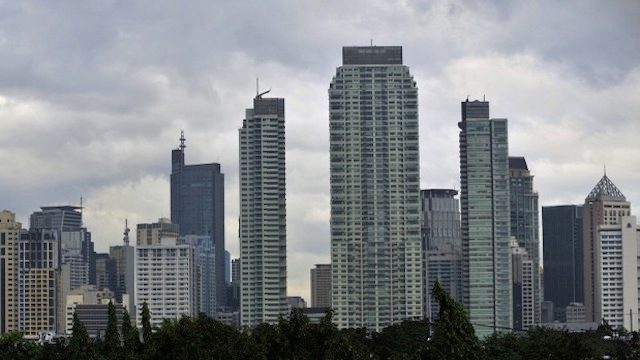
MANILA, Philippines – Malaysian commercial bank Maybank sees the Philippines’ Gross Domestic Product (GDP) growth at 7.3% in 2022, the third highest in the Association of Southeast Asian Nations (ASEAN) region after Vietnam and Malaysia’s 8%.
Maybank analysts, in a report “Year Ahead 2023: A Defensive Harbour,” said the Philippines’ projected growth in 2022 would be higher than 2021’s 5.7%, following the recession in 2020 due to the COVID-19 lockdowns.

Maybank’s forecast for the Philippines is within the 6.5 to 7.5% target of the Marcos administration’s economic managers.
The report also sees the ASEAN-6’s GDP growth in 2022 at 5.6% from 3.9% in 2021 despite a projected slower global growth of 2.9% in 2022 from 6% the previous year.
ASEAN-6 comprises Indonesia, Malaysia, Philippines, Singapore, Thailand, and Vietnam.
“ASEAN is emerging as a defensive harbor against the backdrop of rising US interest rates and potential US or global recession,” Maybank said.
In August 2022, Maybank analysts said ASEAN was “partially decoupling from the US economic downturn and potential recession.”
The financial institution also sees the Philippines’ GDP growth slowing to 5.5% in 2023, along with a projected 4.3% for ASEAN next year from 5.6% this year.
The Philippines’ GDP grew at a faster-than-expected pace of 7.6% in the third quarter of 2022, driven by services. It was slightly higher than the 7.5% in the second quarter but lower than the 8.2% in the first quarter.
However, the Philippines’ inflation rate jumped further to 8% in November 2022, the highest recorded since November 2008 or in 14 years.
Maybank researchers also said China’s shift from “zero COVID” will be slow and incremental.”
“Restrictions to mobility and travel will remain stringent for most of 2023. The real estate crisis will also dampen consumer spending and investment,” the bank’s report added.
Maybank said the tailwinds from China’s reopening are dissipating but still not over. It added that intra-ASEAN trade is growing at over 30%, partially cushioning the slump in exports to the US, European Union, and China.
The reconfiguration of supply chains to ASEAN from China has also increased foreign direct investments into the region. Capital flows from Greater China into Southeast Asia are also rising due to the US-China geopolitical rivalry and stricter security regulations, among other factors, the report added. – with reports from Ralf Rivas/Rappler.com
Add a comment
How does this make you feel?

![[In This Economy] Is the Philippines quietly getting richer?](https://www.rappler.com/tachyon/2024/04/20240426-Philippines-quietly-getting-richer.jpg?resize=257%2C257&crop=194px%2C0px%2C720px%2C720px)
![[In This Economy] Can the PH become an upper-middle income country within this lifetime?](https://www.rappler.com/tachyon/2024/04/tl-ph-upper-income-country-04052024.jpg?resize=257%2C257&crop=295px%2C0px%2C720px%2C720px)

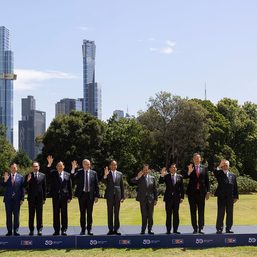
![[OPINION] Controversy over ASEAN’s ‘Swift’ week](https://www.rappler.com/tachyon/2024/03/tl-asean-swift-week.jpg?resize=257%2C257&crop=357px%2C0px%2C720px%2C720px)


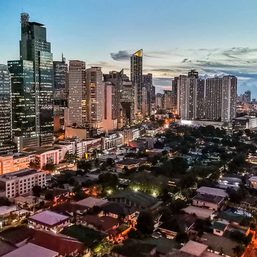
![[Finterest] What exactly does a bank do, and how can they help you?](https://www.rappler.com/tachyon/2022/09/shutterstock-philippine-peso.jpg?resize=257%2C257&crop=329px%2C0px%2C900px%2C900px)
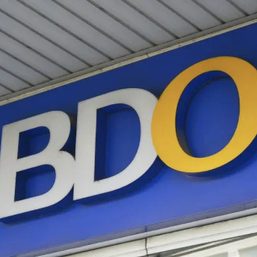
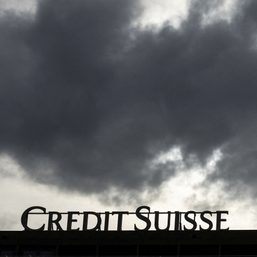
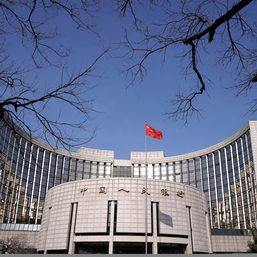
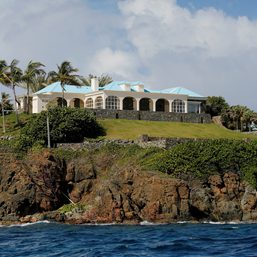
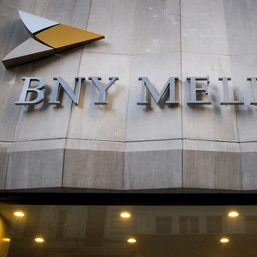
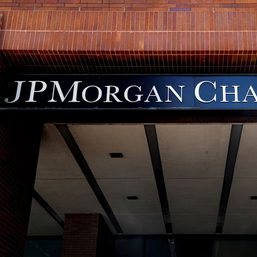
![[Vantage Point] Joey Salceda says 8% GDP growth attainable](https://www.rappler.com/tachyon/2024/04/tl-salceda-gdp-growth-04192024.jpg?resize=257%2C257&crop_strategy=attention)
![[In This Economy] Looks like PH economy will never get back on track. Here’s the data.](https://www.rappler.com/tachyon/2024/02/20240202-PH-economy-back-on-track.jpg?resize=257%2C257&crop=289px%2C0px%2C720px%2C720px)
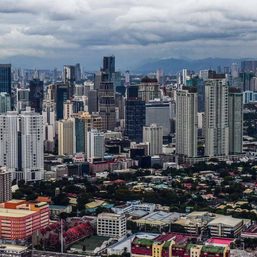
![[In This Economy] Something’s broken, and it’s hidden by ‘high’ economic growth](https://www.rappler.com/tachyon/2023/11/something-broken-hidden-economic-growth-November-10-2023.jpg?resize=257%2C257&crop=276px%2C0px%2C720px%2C720px)
There are no comments yet. Add your comment to start the conversation.